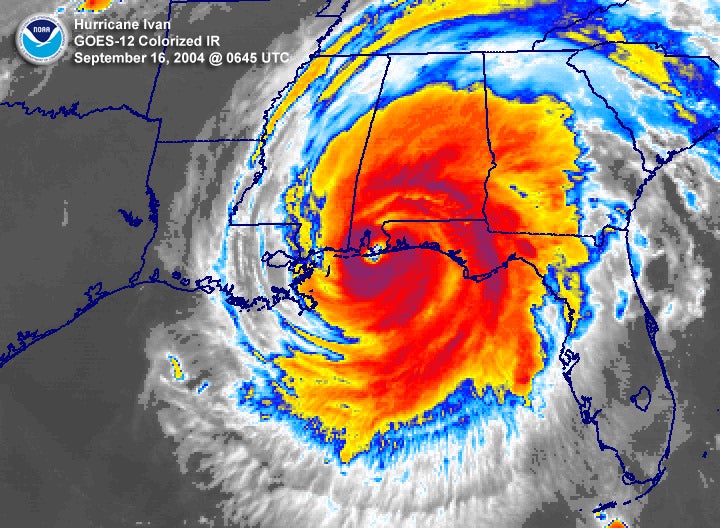

On her first drive on the Red Plant Perseverance moved 21.3 feet (6.5 meters) across the Martian landscape, said the team at a media briefing Friday afternoon, March 5. It takes about 24 hours for the images to be transmitted via the fleet of 4 NASA and ESA Martian orbiters soaring overhead. Since the safe touchdown Perseverance has already snapped over 7,000 images including those after the first drive taken yesterday and transmitted to Earth by today. The first test drive may have been short but it marked a tremendous boost for the team going ahead knowing that Perseverance is fully capable to meet the hopes and goals of the mission and carry out groundbreaking science on her astrobiology mission to search for signs of ancient Martian microbes and gather samples for return to Earth about a decade from now. 18, 2021, after a seven-month interplanetary voyage through space and surviving the ‘7 Minutes of Terror’ plunge through the tenuous atmosphere.

Butler Landing” where the six-wheeled robot touched down safely two weeks ago on Feb.

NASA’s Perseverance rover performed its first test drive on Martain terrain on March 4, or Sol 14, the mission team announced with the release of a batch of dramatic new images captured at the landing site now bearing the name “Octavia E. Since hail can cause the rainfall estimates to be higher than what is actually occurring, steps are taken to prevent these high dBZ values from being converted to rainfall.One of the front-mounted Hazard Avoidance Cameras (Hazcams) captured this image as the Perseverance rover completed a short traverse during its first test drive on Mars on Sol 14 (March 4, 2021). Hail is a good reflector of energy and will return very high dBZ values. These values are estimates of the rainfall per hour, updated each volume scan, with rainfall accumulated over time. Depending on the type of weather occurring and the area of the U.S., forecasters use a set of rainrates which are associated to the dBZ values.

The higher the dBZ, the stronger the rainrate. Typically, light rain is occurring when the dBZ value reaches 20. The scale of dBZ values is also related to the intensity of rainfall. The value of the dBZ depends upon the mode the radar is in at the time the image was created. Notice the color on each scale remains the same in both operational modes, only the values change. The other scale (near left) represents dBZ values when the radar is in precipitation mode (dBZ values from 5 to 75). One scale (far left) represents dBZ values when the radar is in clear air mode (dBZ values from -28 to +28). Each reflectivity image you see includes one of two color scales. The dBZ values increase as the strength of the signal returned to the radar increases. So, a more convenient number for calculations and comparison, a decibel (or logarithmic) scale (dBZ), is used. Reflectivity (designated by the letter Z) covers a wide range of signals (from very weak to very strong). "Reflectivity" is the amount of transmitted power returned to the radar receiver. The colors are the different echo intensities (reflectivity) measured in dBZ (decibels of Z) during each elevation scan.


 0 kommentar(er)
0 kommentar(er)
